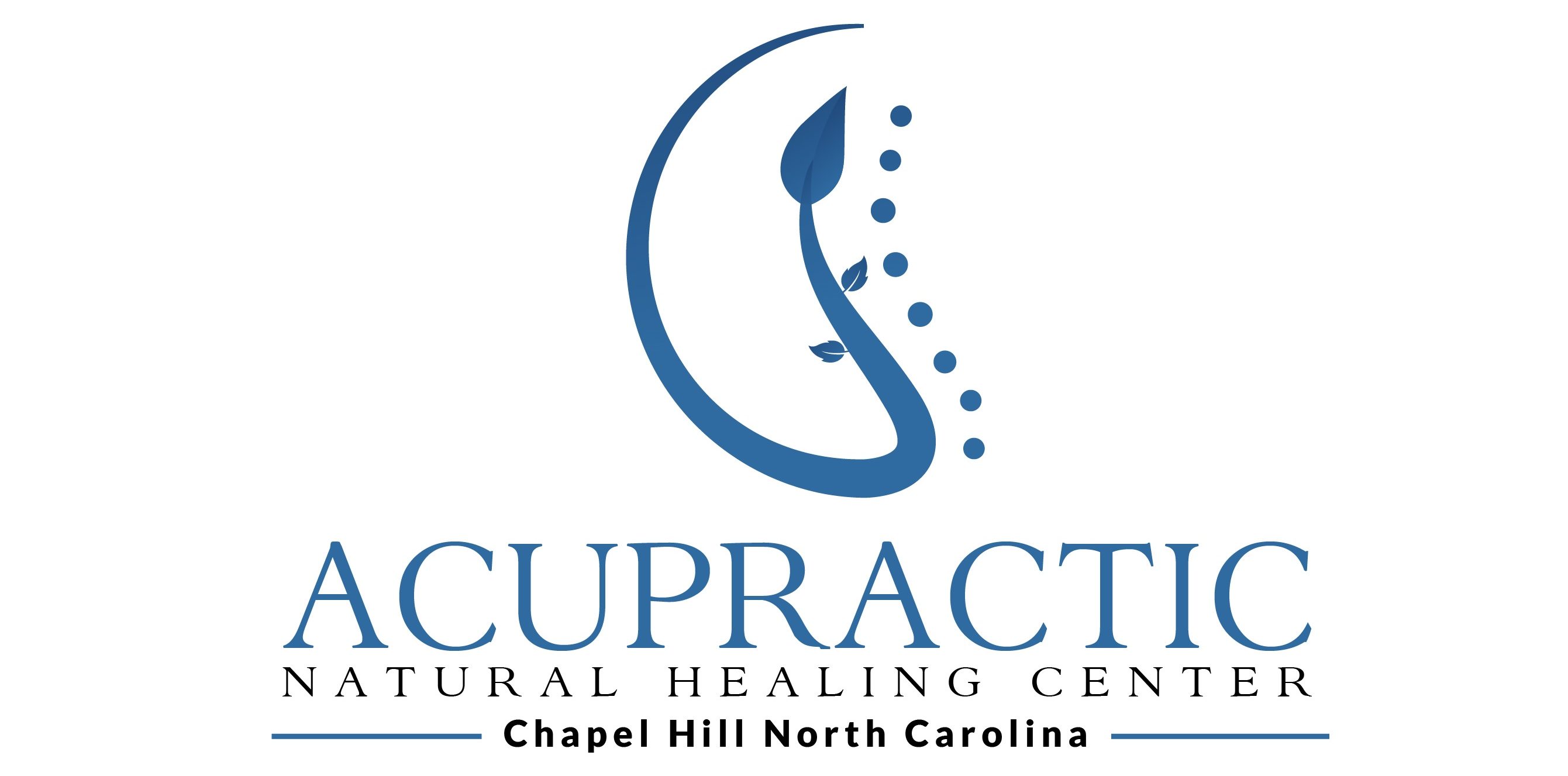Chiropractor Chapel Hill, NC
Chiropractic care reduces pain and improves nerve flow and posture because chiropractors mobilize the spine to restore the backbone’s alignment. Each spinal nerve segment impacts health in specific ways. Dr. Oskardmay understands the impact of vertebral misalignment on patient health and to treat vertebral subluxations using the chiropractic adjustment.
Spinal bones called vertebrae house the nervous system, which emanates through small IVF as nerves. The first nerve, arising between the occiput and the first vertebrae, sends vital nerve signals to muscles and other tissues responsible for head movement, position, and stability. Impingement of this nerve, as happens with vertebral misalignment, degeneration, and muscle imbalance, causes this nerve to misfire. Using careful chiropractic methods of palpation and spinal mobilization, Dr. Oskardmay detects areas of the vertebral subluxation and adjusts irritated segments. She reduces headache and neck pain safely and effectively without drugs or surgical interventions in this manner.
The first cervical nerve contributes nerve energy to many peripheral nerves and other areas vital to head and brain function. Peripheral nerves connect the brain to the rest of the body. The nerves connected with the first cervical spinal nerve are: the hypoglossal nerve, the ventral and posterior rami of the cervical spinal nerves, the suboccipital nerve, the hypoglossal nerve, and the ansa cervicalis nerve. These nerves carry nerve energy to muscles neck and shoulder muscles and other areas that affect headache pain in many ways.
The first cervical spinal nerve transmits nerve impulses to many muscles affecting the neck—for instance, shoulder elevation performed by the levator scapulae muscle. The rectus capitus anterior and longus capitus muscles assist in neck flexion. The rectus capitis lateralis muscle helps to stabilize the neck. Other muscles connected with cervical spinal nerve one affect swallowing. These muscles include the glenohyoid, omohyoid, or thyrohyoid muscles, which affect the small cartilaginous hyoid bone. The rectus capitis lateralis muscle helps to stabilize the neck. These muscles affect neck pain and headaches in crucial ways.
For instance, when there are issues with shoulder elevation, the shoulders feel tight. Restricted shoulder motion impedes respiration as well as shoulder movements such as overhead lifting, opening a car door, or typing at a computer. Additionally, tight shoulder muscles create agony; one of the main culprits to back and neck pain is the region between the shoulder blades. Adjustment of the spine affecting the first cervical spinal nerve improves pain and tightness in these areas.
Impeded nerve flow in neck flexor muscles impairs these vital neck movers. We use neck flexion in virtually every activity, from swallowing food to breathing to sitting at a desk to driving. Taut neck muscles atop delicate neck arteries carrying blood to and from the brain impair arterial flow, causing brain fog and mood disturbance. Tightness in neck flexors from impaired nerve transmission at cranial nerve one affects these actions and others in small, incremental ways that, over time, reduce the quality of life.
Muscles and ligaments that stabilize head posture suffer from the atlanto-occipital region’s subluxation, affecting cervical spinal nerve one. Problems with head stability produce stress, can cause dizziness, and contribute to headaches. Additionally, cervical spinal nerve one affects many muscles involved with swallowing; when impaired, swallowing muscles increase the risk of choking.
At Acupractic, Dr. Oskardmay corrects problems in the neck that contribute to headaches using the chiropractic adjustment and other gentle techniques such as massage, gua sha, and cupping. Also, a licensed acupuncturist, she employs needle and non-needle acupuncture techniques to reduce trigger points and other areas of energy flow stagnation that cause headaches. If you have questions, contact Dr. Lisa Oskardmay a chiropractor Chapel Hill, NC residents recommend. Call us at (919) 929-1400.
